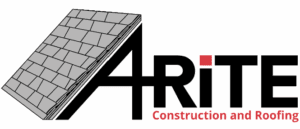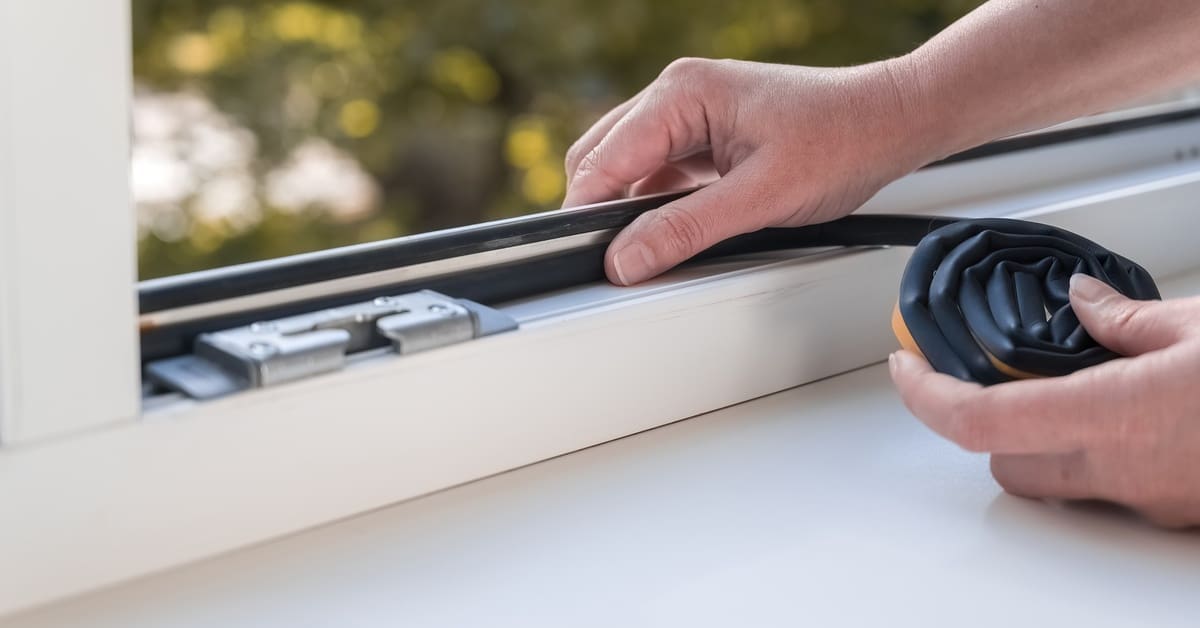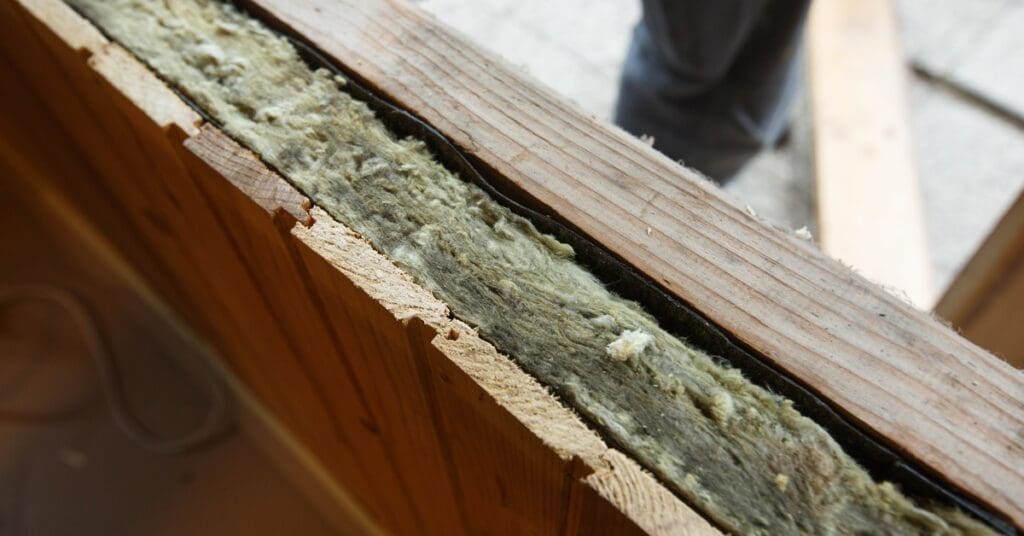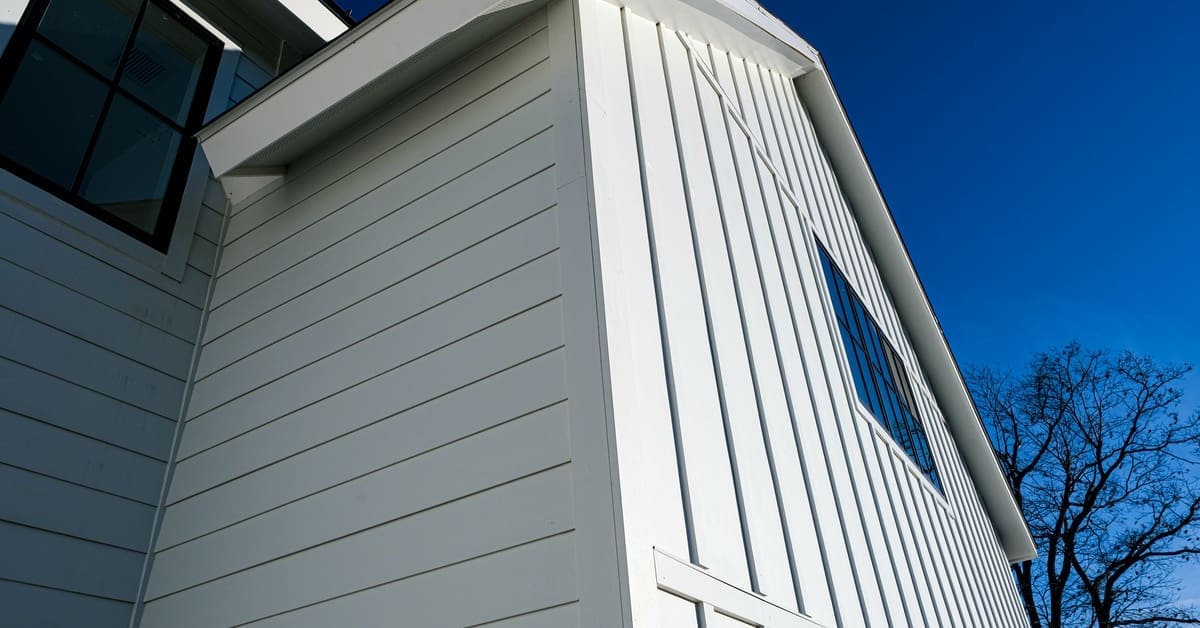Many people view window sealing is a finishing touch after installing windows, adding just a bit of caulk around the frame. But comprehensive sealing goes far beyond surface-level caulking. A combination of foam insulation, high-quality sealants, and weatherstripping are necessary to create a comprehensive, airtight barrier around each window.
While most homeowners understand that drafty windows are inefficient, the specific ways poor sealing undermines energy performance can easily go unnoticed. Here’s how proper window sealing improves energy efficiency in ways you might not have considered.
Reduces Air Leakage
Air leakage is a common cause of energy loss in residential properties. Even a small gap—no wider than a piece of paper—can allow heated or cooled air to escape and pull in outdoor air. This air exchange causes temperature inconsistencies, increased energy use, and high utility bills.
To effectively reduce air leakage, there must be numerous strong seals in place. This includes using low-expansion foam around the rough opening during window installation, applying caulk at the interior and exterior edges, and fitting weatherstripping that compresses with the window closed. The protective layers work together to block airflow at every point of contact between the window and the wall.
Improves HVAC Performance
An HVAC system maintains indoor temperatures, but it’s not built to compensate for constant air leaks. Poorly sealed windows encourage outside air to infiltrate interiors, which means a heating or cooling system must run longer to maintain the designated temperature. Over time, this adds wear to the system and increases energy use.
In a climate like Wausau, Wisconsin, where winters are cold and summers bring their own extremes, this matters more than most people realize. Consistent sealing creates a more stable indoor environment. The HVAC system cycles less frequently, maintains temperature more efficiently, and requires fewer adjustments throughout the day.
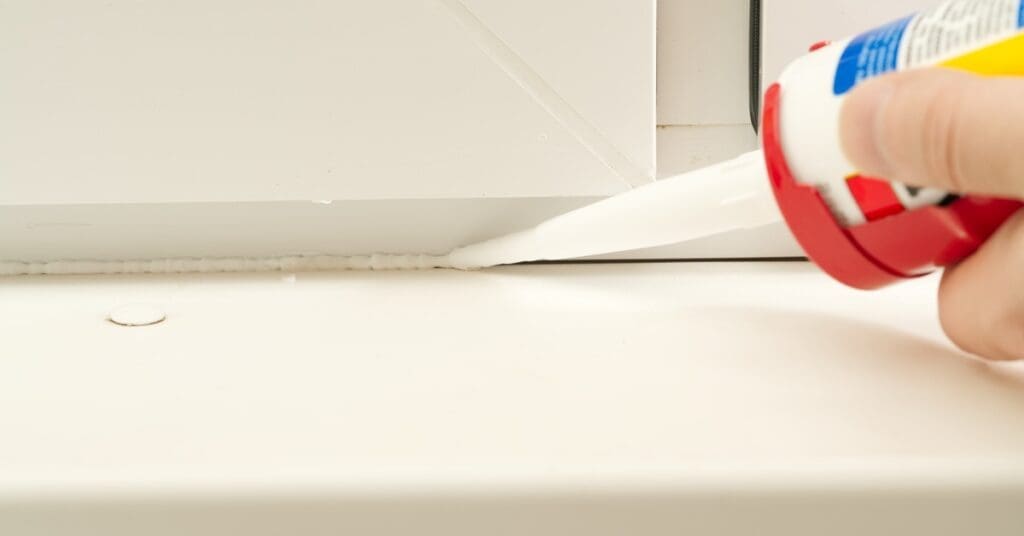
Prevents Moisture Intrusion
Energy efficiency isn’t just about temperature control; it’s also about managing moisture. When windows are improperly sealed, moisture seeps into wall cavities and saturates the framing around the window. The moisture reduces the effectiveness of surrounding insulation; it causes expansion and contraction in wooden window frames, eventually creating new air gaps.
Sealing helps preserve the structural integrity of both the window and the surrounding materials by keeping moisture out. It prevents rot, mold, and warping, all of which can introduce inefficiencies and make your home harder to heat or cool. The tighter the seal, the better a home resists moisture-related damage.
Preserves Indoor Humidity Levels
Humidity control plays a subtle but important role in energy efficiency. In winter, dry indoor air can make heated spaces feel colder than they are. And in the summer, excess humidity can make the air feel heavier and warmer. In both cases, homeowners are more likely to adjust the thermostat, sometimes drastically.
Properly sealed windows help sustain a balanced indoor humidity level by limiting how much outside air seeps in. During the winter season, sealed windows prevent dry outdoor air from entering, while in the summertime, they keep out the high-humidity air that can strain a cooling system. This makes it easier to keep an HVAC system running efficiently without constant changes to the temperature setting.
Limits Thermal Bridging
Thermal bridging happens when heat moves through materials that conduct energy—like metal window frames or poorly insulated sashes—creating a direct pathway between indoor and outdoor environments. Even in high-efficiency homes, these bridges can undermine overall performance if not properly addressed.
Improper window sealing can worsen this effect. Gaps around the frame allow heat to bypass insulation entirely, and in some cases, air movement along these bridges amplifies the transfer. Unfortunately, this is quite common in older aluminum frames or installations where insulation has degraded over time. Luckily, sealing windows helps limit leaks by closing off conductive paths before they start working against you.
Boosts Insulation Performance
Window insulation only works as well as its seal. When gaps or cracks exist around a window, they interrupt the thermal barrier that insulation is meant to provide, allowing heat to escape in winter and creep in during summer. A properly sealed window, though, can lock that barrier in place.
The sealing process isn’t limited to the window frame itself. Sealing involves insulating the surrounding wall cavity to minimize temperature transfer. So, if that insulation is exposed to air due to poor sealing, its performance drops significantly. But when sealing is done correctly, the insulation can operate at its intended R-value, reducing energy waste and improving whole-home efficiency.
Extends Window Lifespan
Poor sealing can dramatically shorten the life of your windows. When moisture enters through unsealed gaps, it collects between panes or within the frame. Over time, this leads to condensation, warping, peeling finishes, or full seal failure. These problems are more than cosmetic; they actively reduce the window’s ability to regulate temperature.
By keeping moisture and air movement in check, proper sealing protects the window’s structural and insulating components. This reduces the frequency of window-related repairs and replacements. And with energy-efficient models like the Pella Architect Series or Impervia windows, long-term performance depends on keeping that original seal intact from the start.
Improves Indoor Comfort
Comfort is more than a number on the thermostat. It’s the absence of drafts; it’s the ability to sit near a window without needing a blanket in winter or drawing the blinds all summer. Poorly sealed windows allow unwanted air movement that makes certain areas of the home noticeably colder or warmer.
Such inconsistency often leads homeowners to adjust the HVAC system to offset these differences, raising the heat for a chilly living room or lowering the AC for a sun-exposed upstairs bedroom. Those extra adjustments use more energy than necessary. Comprehensive sealing creates more consistent temperatures across rooms, helping the system operate more efficiently overall.
How A-Rite Can Help Seal the Deal
When you understand how proper window sealing improves energy efficiency, you start to see the long-term value in investing in quality workmanship, not just the windows themselves. The performance of the best energy-rated window hinges on the care taken during installation and the precision of the seal around it.
A common mistake among homeowners is assuming sealing is a one-time effort or a DIY-friendly fix. But signs of poor sealing—like condensation between panes, warped sashes, or drafty rooms—suggest that deeper issues may be present. And the longer those issues go unaddressed, the more energy and comfort you lose along the way.
Are you curious whether your home’s windows are sealed as well as they should be? Reach out to A-Rite Construction. As a Pella Certified Contractor, we handle skylight installation and window replacement in Wausau, WI, and the surrounding areas.
Whether you’re looking at Pella’s Lifestyle Series or considering VELUX skylights, A-Rite can help you choose and install the right windows with precision and care. Call us today to start seeing real results in both comfort and energy savings.

